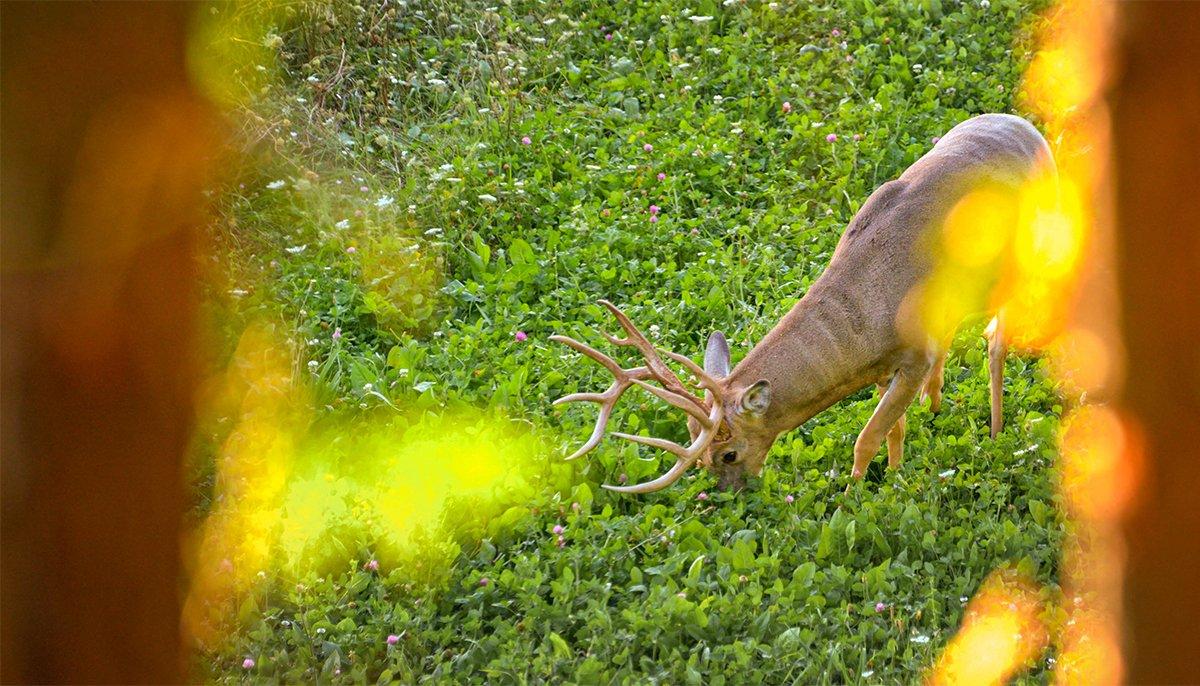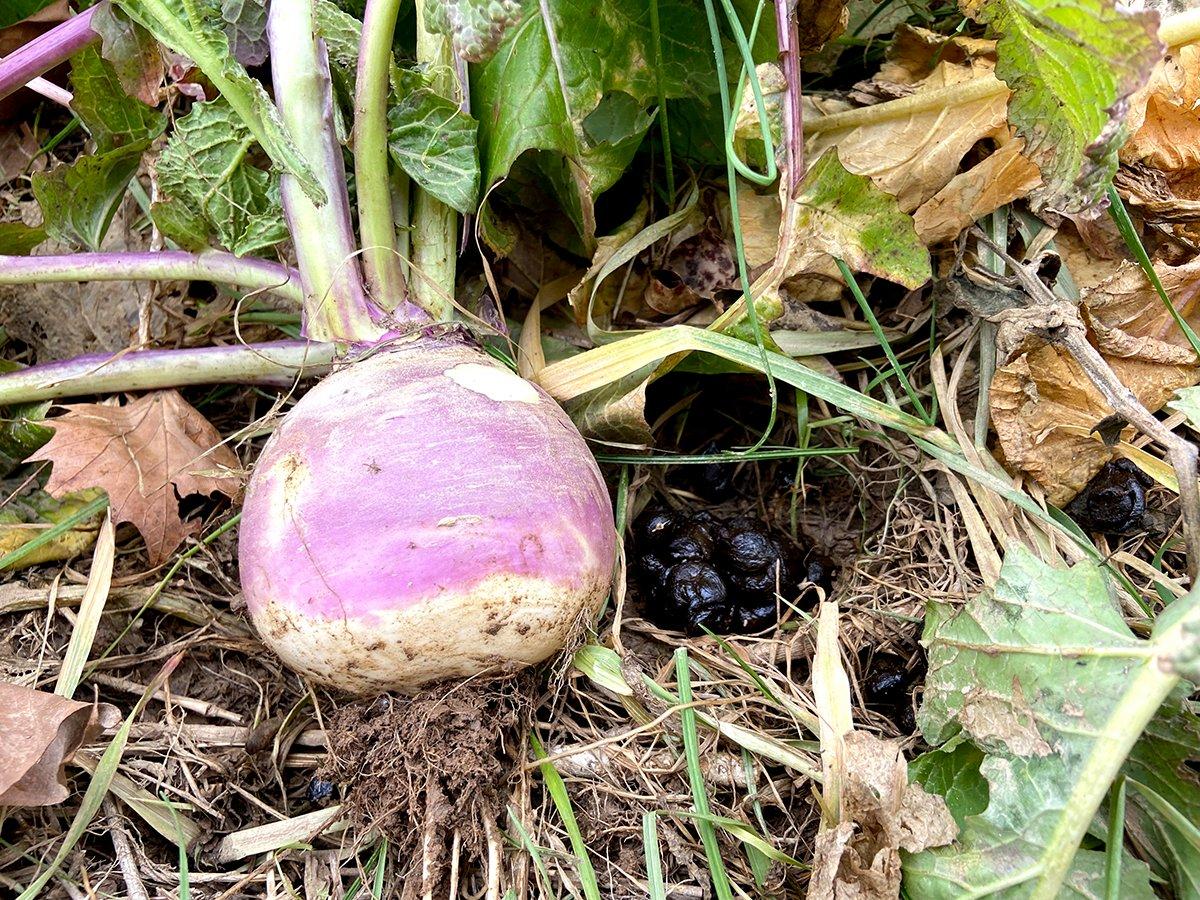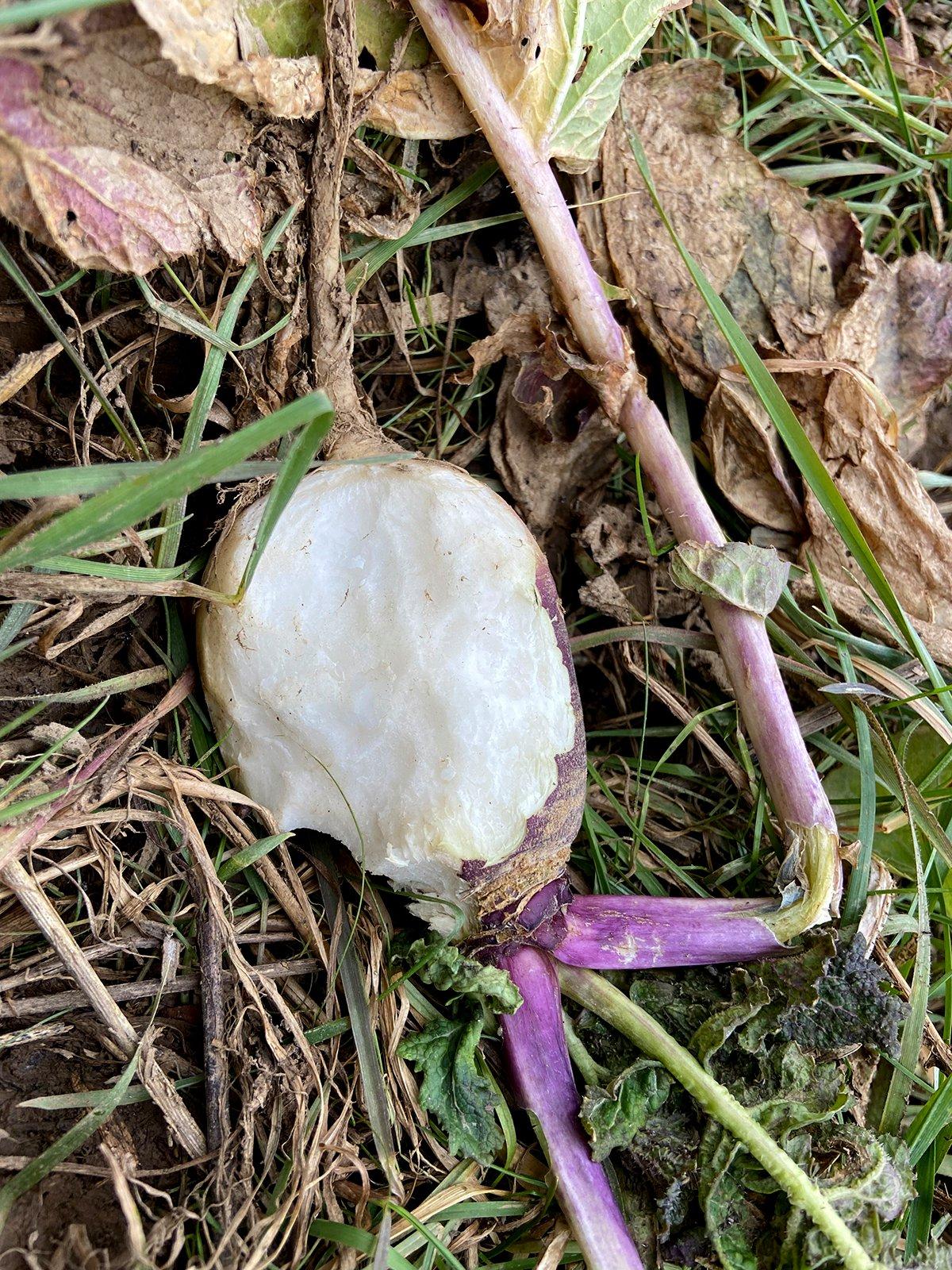Brassicas deserve high praise for their attraction and ability to influence deer herds. However, managers should avoid these critical mistakes
If you've paid attention to the hunting media in the past decade, you know that brassicas have received a lot of praise. Brassicas are fast-growing annual forages that provide excellent nutrition for deer. When deer catch on to the palatability and attraction of brassicas, few plants can influence a herd like a good turnip, rape, radish, or hybrid forage brassica food plot.
Popularized by deer managers in the New Zealand venison industry, brassica food plots are relatively maintenance free compared to perennial plots. But you should understand some critical points regarding planting strategy, plant makeup and the nutritional aspects of brassicas.
1. Don't Plant Too Early
Timing is everything with brassicas. In the upper Midwest, planting dates of about July 20 through August 10 are prime. Ideally, you want plant about 45 to 50 days before the first frost to ensure the plants grow big enough. If you live in the South, early to mid-September is probably good timing. Again, check the average frost dates in your region.
If you plant brassicas a few weeks too early, they grow very large and will not be as palatable at the very time your deer herd needs them most.
(Don't Miss: Do Poor Man Food Plots Really Work?)
2. Don't Plant Too Thick
It's easy to seed too thickly with brassicas. In fact, seeding bulb-producing brassicas too thickly is the No. 1 mistake I see with food-plotters. Bulb producers such as radishes, purple top turnips, and green globe turnips need space to express their full potential.
If planted correctly, bulbs from species such as purple top turnip can be larger than a softball. The bulbs from turnips and radishes produce excellent nutrition and will entice deer to dig for them throughout late fall and winter. My advice? Seed thinly to the point that you question whether seed is really being laid down as it should be. In the rare case you seed too thinly, you can always return a week to 10 days later and fill in the gaps.
3. Brassicas Don't Need a Frost to Taste Good
It's been widely accepted to think of brassicas as a plant that gets sweeter after a few frosts. The thought was that after a few frosts, the starches in the plants turned into sugar, making them taste sweeter. That's not really case.
Dr. Craig Harper and a team of graduate students at the University of Tennessee pulled forage samples from leaves and bulbs from three food plots before frosts, and then again after a few frosts. What they found was eye-opening. The lab analysis showed that none of the plants had any difference in sugar levels worth noting before or after a frost.
Harper said on a HUNTR podcast, Perhaps it is more related to food availability. As you go into later fall and winter, in general, food availability tends to be less and less. Because research shows brassicas don't get sweeter after frosts, deer likely eat them more during cold weather because of their high protein and energy content. Use trail cameras - not an outdated hunting myth - as your guide.
(Don't Miss: How to Build a Buck Bedding Area)
4. A Learning Curve for Deer?
If you know deer hunters and food-plot managers across the nation, you might have heard them complain how deer never touched their brassica fields the first year they planted them. That's not uncommon. A few reasons could account for that.
Maybe soybeans in your area stay green into the middle portions of your archery season. Low deer densities can play a role, too. In areas such as northern Wisconsin and Minnesota, where deer herds have declined drastically in the past decade, food plots such as brassicas might not be much of a draw simply because of herd numbers.
There also seems to be a generational feeding aspect to certain forages like brassicas. A doe family group raising fawns on brassica food plots might play a role in the future success of your brassica plantings. If you can get a group of deer attracted to your plot, you're probably set.
5. Feed the Beast
Brassica plants require a good dose of nitrogen. With today's fertilizer prices, you would be wise to complete a $15 soil test to know precisely how much lime and fertilizer you need.
Remember, a high percentage of fertilizer cannot be used by plants if the pH of your soil isn't right. If you're crunched for time, apply a few bags of 19-19-19 a week or so after planting. Come back in another two weeks and spread a bag of pure urea (46-0-0). This will give your food plot a boost headed into fall.
(Don't Miss: How to Plant a Deer Orchard)












